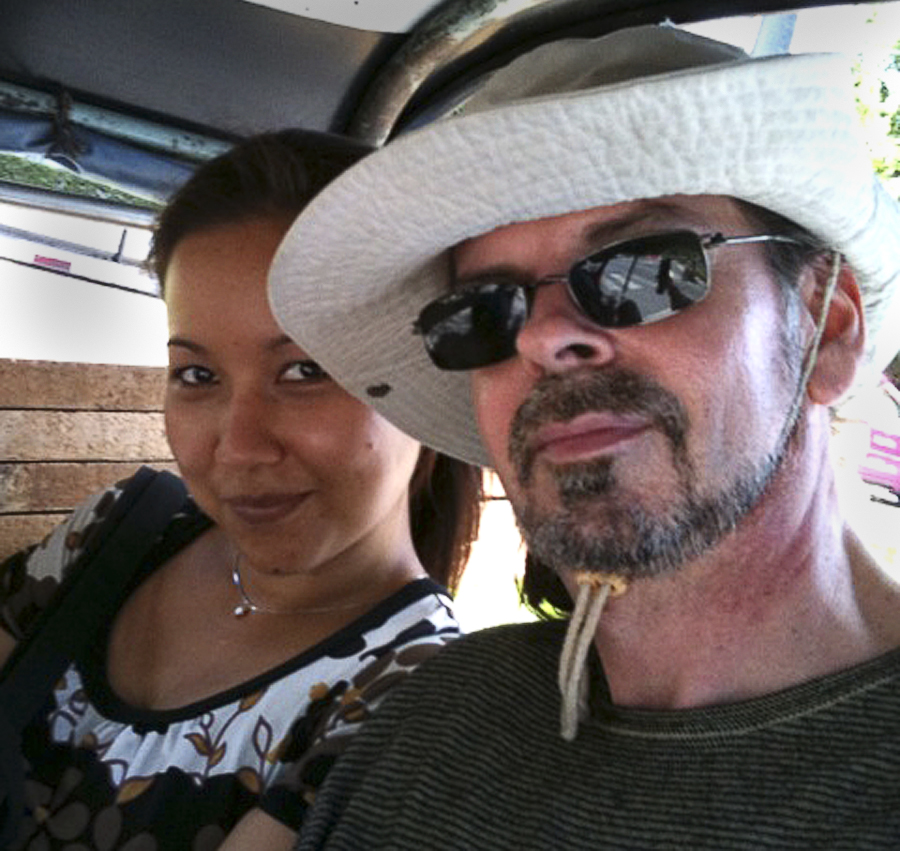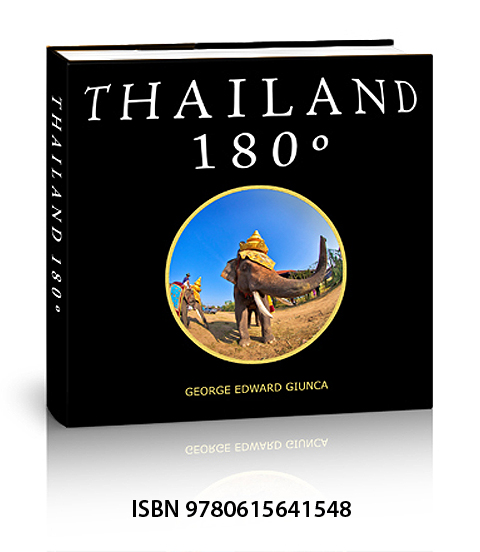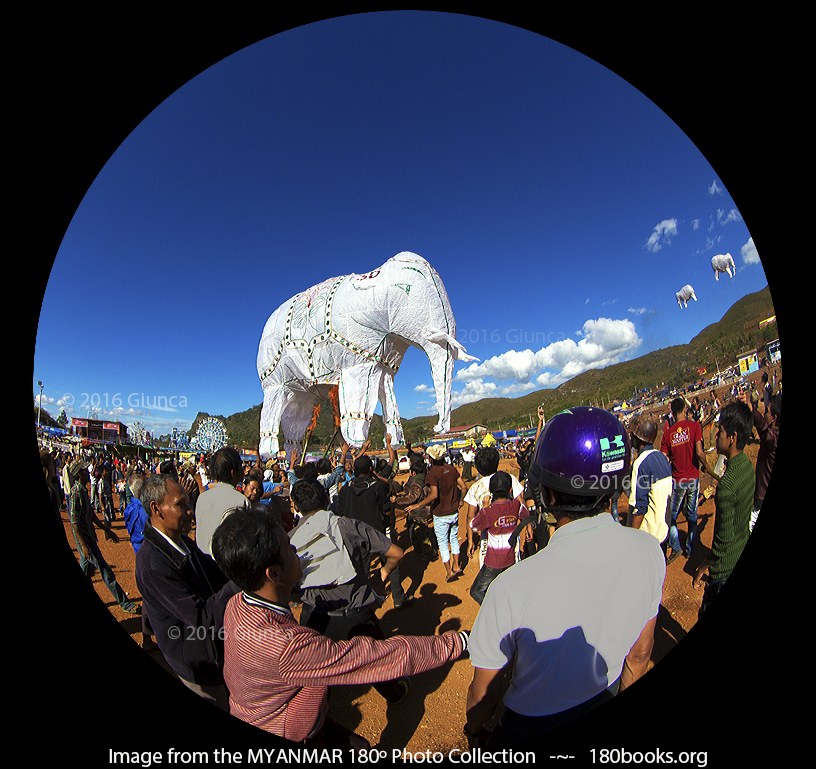The Loy Krathong & Yi Peng Festivals ~ เทศกาลลอยกระทงแล
Updated on November 1, 2019 with a little help from my friends 🎶
Loy Krathong is celebrated on the full moon of the twelfth lunar month by southwestern Tai cultures including Thailand, Laos, Shan, Mon, Tanintharyi, Kelantan, Kedah and Xishuangbanna. This year, 2019, it is on Monday November 11th. During this festival, small baskets are floated on rivers to pay respect to the water spirits or the Hindu Goddess Ganga and symbolizes the release from hatred, anger, and other thoughts or emotions that prevent happiness.
ลอยกระทง เป็นอีกประเพณีที่มีทั้งสีสัน แสงเทียน แสงไฟ สว่างไสว คล้ายๆ เทศกาล Diwali ของอินเดีย ประวัติและความเชื่อของการลอยกระทงก็หลากหลาย ถ้ากล่าวถึงลอยกระทงนั้นก็มีหลักฐานล่าสุดที่ทำให้นักวิชาการกล่าวว่าน่าจะเกิดขึ้นในช่วงรัตนโกสินทร์ตอนต้น ช่วงรัชกาลที่ 1 นี้เอง ซึ่งแต่เดิมเราเชื่อว่ามีมาแต่สมัยสุโขทัยโดยนางนพมาศหรือท้าวศรีจุฬาลักษณ์ ทั้งนี้ก็มีการผสมผสานพิธีของเหล่าพราหมณ์ที่ลอยประทีปและดอกไม้บูชาเทพและพระแม่คงคา

A mural of Goddess Ganga in Varanasi, India (Image from the 180books.org Photo Collection by George Edward Giunca)
Krathong ~ กระทง
The Krathongs were traditionally made from slices of banana tree trunks and decorated with folded banana leaves. For a brief time, the floats were made from styrofoam before eco-awareness lead to a construction of other materials. Today Krathongs are made from easily sourced and biodegradable materials such as coconut and corn husks and even baked bread dough. This year our krathong was bought from the local market as shown and described below.
กระทงต้นตำรับประดิษฐ์กระทงจากใบตอง ฐานทำจากหยวกกล้วย เมื่อเวลาผันผ่าน วิวัฒนาการเทคโนโลยีทำให้ครั้งหนึ่งเราใช้โฟมกันอย่างบ้าคลั่ง และเมื่อตระหนักได้ว่าโฟมไม่ย่อยสลายในชาตินี้แน่ๆ และขยะก็จะล้นโลก จึงเปลี่ยนกลับมาใช้วัตถุดิบจากธรรมชาติกันมากขึ้น

Our peacock Krathong begins its journey in Chiang Mai (Image from the 180books.org Photo Collection by George Edward Giunca)
Corn Husk Krathong~ กระทงเปลือกข้าวโพด
The base of our float is made from a coconut husk, and the top sculpture is made from corn husks. A green center material is made from sun-dried then dyed grass, which adds some texture and dimension. Designs vary from boat and heart shapes with a flower in the center to a peacock design like the one we chose. Onboard were the traditional three sticks of incense and a candle. A coconut base allowed our peacock to float nicely above water level as it drifted out of sight.
“กระทงเปลือกข้าวโพด” เป็นกระทงที่ได้รับความนิยมไม่น้อย เพราะเป็นวัสดุธรรมชาติที่ย่อยสลายได้ ตรงฐานทำจากกาบมะพร้าว กลีบและดอกไม้ตรงกลางทำจากเปลือกข้าวโพด ส่วนหญ้าสีเขียวๆ นั้นเป็นหญ้าจริงที่นำไปตากแห้งแล้วนำมาย้อมสีเพื่อให้ดูสวยงาม มีรูปแบบหลากหลาย ทั้งทรงหัวใจ ทรงเรือ ทรงกลม ส่วนกระทงใบนี้ฐานเป็นรูปหัวใจโดยมีตัวนกยูงประดับด้านบนอย่างสวยงามและเป็นมิตรกับสิ่งแวดล้อม
Yi Peng ~ ยี่เป็ง
Meanwhile, in northern Thailand, the Lanna people launch balloons to pay respect to the mythological Phrathat Ketkaew Chulamani, located in heaven. Known as the Yi Peng Festival, this is now a popular tourist draw, and thousands of balloons are sent to the heavens on an auspicious night. Even the local airport has adjusted their flight schedules around the event. What goes up, must come down and on the morning after, I’ll be out in our yard here in Chiang Mai cleaning up spent lanterns.
หากกล่าวถึง “ยี่เป็ง” หรือประเพณีลอยกระทงของชาวล้านนานี้ก็มีที่มามากหลาย ไม่น้อยกว่าลอยกระทงเลยทีเดียว หากแต่วัตถุประสงค์นั้นเพื่อเป็นการสักการะพระธาตุเกศแก้วจุฬามณีบนสรวงสวรรค์ชั้นดาวดึงส์ จึงมีการประดิษฐ์โคมจากกระดาษว่าวเพื่อใช้ลอยขึ้นฟ้าในคืนวันเป็งเดือนยี่ ตามปฏิทินล้านนา โดยโคมหรือว่าวที่ใช้ลอยในประเพณียี่เป็งมีหลายแบบ โดยที่นี้จะยกมาให้ดูสองแบบที่นิยมในปัจจุบัน คือ ว่าวไฟ/โคมไฟ และ ว่าวฮม/ว่าวลม

Women in traditional Thai clothes launch a Yi Peng lantern. (Image from the 180books.org Photo Collection by George Edward Giunca)
Wow Fai / Yee Peng ~ ว่าวไฟ / โคมยี่เป็ง
The Wow Fai balloon sometimes called a Yee Peng, or Yi Peng lantern is cylindrical and is usually launched at night. Once inflated with the heat of a small fuel source attached to the balloon, the lantern-like craft heads skyward. This is best accomplished with the help of at least on another person to avoid igniting the rice paper.
ว่าวไฟ หรือ โคมไฟ ลักษณะเป็นรูปทรงกระบอก ว่าวไฟนี้มักลอยในเวลากลางคืน อาศัยความร้อนจากลูกไฟที่ผูกติดกับแกนกลางเพื่อให้ลอยขึ้นสู่อากาศ การปล่อยว่าวไฟ ต้องอาศัยคน 2-3 คน ช่วยกันเพราะต้องระวังไม่ให้ลูกไฟไหม้กระดาษ

Preparing a Wow Lom balloon for launch in Tak, Thailand (Image from the 180books.org Photo Collection by George Edward Giunca)
Wow Hom / Wow Lom ~ ว่าวฮม / ว่าวลม
The Wow Hom or Wow Lom is larger and constructed of a slightly thicker material. A torch is used to fill the balloon with hot air and then released. This is done in the daytime usually before noon when the winds are calmer, and the weather is mild.
Happy Loy Krathong! For information on another exciting balloon festival celebrated in Myanmar, Click HERE (daytime) or HERE (Nightime)
ว่าวฮม เป็นโคมที่มีขนาดค่อนข้างใหญ่ ทำจากกระดาษว่าวเช่นกัน บางทีก็เรียกว่า ว่าวลม หรือ ว่าวควัน คือจะจุดคบไฟแล้วโบกให้ควันความร้อนเข้าไปในโคมเพื่อพยุงให้ลอยขึ้นไปในอากาศ ส่วนมากจะปล่อยในเวลาก่อนเที่ยง ตรงที่โล่งแจ้ง เพราะสภาพอากาศและลมเอื้ออำนวย
“วันเพ็ญเดือนสิบสอง น้ำนองเต็มตลิ่ง
เราทั้งหลายชายหญิง
สนุกกันจริง วันลอยกระทง…”
ปล. หากใครอยากชมการลอยว่าวฮมหรือว่าวลม ตามมาดูคลิปจากประเทศเมียนมาร์ มีทั้งลอยว่าวฮมแบบกลางวัน และ ว่าวฮมแบบกลางคืน
!!..คลิ๊กแผนที่..!! ดูภาพสวยๆ อ่านบล็อกสถานที่ท่องเที่ยวจาก THAILAND 180º ได้นะคะ อัพเดทเพิ่มเติมตลอดค่ะ
We had to eliminate the ability to comment from this wordpress site due to excessive spam. If you enjoyed this story, subscribe using the “Subscribe” button below, or visit our facebook fan page to comment Here
We’d LOVE to hear from you!
ผู้ติดตามอ่านบล็อก สามารถติดตามอัพเดทโพสต์บล็อกได้โดยสมัครสมาชิกที่บล็อกนี้ หรือ กดไลค์เฟสบุ๊คเพจของเราที่นี่ Here
Blog : Thai by Apisatha Giunca
Blog : English by George Edward Giunca
About the Authors
Photographer George Edward Giunca, and his Thai wife, Apisatha, have traveled around Thailand armed with a circular fisheye lens to create a photo essay on the rich cultural diversity, and abundant natural beauty of the Kingdom of Thailand. Fleeing from angry water buffaloes, slapping huge mosquitoes, watching exotic festivals and religious rituals, gorging on delicious spicy food, applying aloe vera cream to sunburned skin, wading through rice paddies, getting drenched to the bone by heavy monsoon rains, and gawking at breath-taking scenery; made it a journey of epic proportions! The result is the book, THAILAND 180º. Later, they traveled extensively through Myanmar, Malaysia, and India, gathering a massive collections of 180º photos. They currently live in Chiang Mai where they continue to blog and are now working on a CHIANG MAI 180º book.
Here’s How to Order Your Copy of THAILAND 180º Collectors EditionToday!
In Thailand —>>>http://www.thailand180.com/thaiorder.html
The Rest of the world: We are offering our book on Amazon.com, below list price and I’ll pay for the shipping within the United States! http://amzn.to/1knDPRR
Not Familiar with Our Book???
This show details the origin of 180 Books, a series of art/travel books illustrated with a circular fisheye lens. By using infographics, pictures from our THAILAND 180º book, and never seen before images from our vault, we’ll demonstrate this unique lens and present our unique books.
Also, because there’s nothing to watch on TV, here’s a trailer about our book, “THAILAND 180”
Above is an interactive map of Thailand. If you click on a marker it reveals a photo from our THAILAND 180º book and a link to our blog article about the photo. Go Ahead~ Start Exploring ~Have Some Fun!





